
In winter, visibility and flame-resistance (FR) are not just extras—they’re critical for survival and compliance. Winter intensifies hazards: reduced visibility from snow and fog, increased risks of electrical arcs, and elevated fire hazards from heating devices.
Selecting the right high-visibility (Hi-Vis) and flame-resistant winter gear keeps your crews safe, productive, and fully compliant, even in extreme conditions.
The right winter workwear must:
- Ensure maximum visibility day and night
- Provide reliable flame resistance (FR) protection
- Maintain thermal comfort at low temperatures
- Comply fully with ANSI, EN, NFPA standards
- Enhance productivity by reducing downtime and accidents
Let’s explore how you can meet these demands effectively.
Why Winter Conditions Require Special Hi-Vis & FR Protection
Winter amplifies workplace risks by:
- Reducing Visibility: Short daylight hours, fog, heavy snow, and sleet significantly reduce visibility.
- Increasing FR Hazards: Heating equipment, static electricity, and sparks create more flash-fire and arc-flash risks in cold months.
- Slowing Emergency Response: Cold slows physical and mental reactions, increasing potential for incidents.
Proper Hi-Vis and FR winter gear protects workers from these multiplied hazards, ensuring visibility, warmth, and critical compliance.
Understanding Key Standards: ANSI, EN, NFPA
Clearly understanding safety standards helps buyers choose correctly:
| Standard | Requirement & Explanation | Typical Industry Applications |
|---|---|---|
| ANSI/ISEA 107 | Hi-Vis performance (Class 1–3), visibility in low-light | Construction, utilities, transportation |
| EN ISO 20471 | European hi-vis classification standard (Class 1–3) | International companies, EU-compliant sites |
| NFPA 2112 | Flame-resistant garments for flash fire scenarios | Oil & gas, petrochemical, chemical plants |
| NFPA 70E | Arc-flash protection for electrical hazards | Utilities, power generation |
Buyer Tip:
Garments meeting multiple standards (e.g., ANSI Class 3 + NFPA 2112) simplify compliance documentation and inspections.
Choosing the Right Hi-Vis Winter Workwear
ANSI/ISEA 107 Visibility Classes Explained:
| Class | Visibility Level | Common Application |
|---|---|---|
| Class 1 | Lowest (reflective vests only) | Low-risk tasks, indoors |
| Class 2 | Moderate (jackets, vests, bibs) | Moderate-risk outdoor tasks, daytime |
| Class 3 | Highest (full jackets, parkas) | High-risk tasks, nighttime or bad weather |
Recommended Winter Hi-Vis Features:
- Insulated layers (200–400 g/m² synthetic insulation for optimal warmth)
- Waterproof shell (≥10,000 mm HH with sealed seams)
- Durable reflective tape (3M™ Scotchlite™ or equivalent for longevity)
- Adjustable cuffs, hoods, collars (essential for visibility & comfort)
Real-world Scenario:
After outfitting night-shift snow-removal crews in Michigan with ANSI Class 3 insulated hi-vis parkas, a local government saw incident rates drop by 75% and visibility-related near misses virtually eliminated.
Selecting Effective FR Winter Workwear
Understanding FR Ratings Clearly:
- Arc Rating (cal/cm²): Indicates the garment’s protective level against electrical arcs (typical range: 8–12 cal/cm²).
- Flash Fire Rating (NFPA 2112): Ensures garment self-extinguishes and won’t ignite under flash fire exposure.
Recommended Winter FR Garment Features:
- FR insulation (FR-rated synthetic insulation like FR Thinsulate™)
- FR shell materials (Nomex®, Modacrylic blends, FR-treated cotton)
- Sealed seams & storm flaps (protects insulation and prevents flame ingress)
- Layer compatibility (all layers should be FR-rated to prevent accidental ignition)
Industry Example:
A Canadian utility switched to NFPA 70E-rated insulated FR gear for its winter line crews, reducing frostbite and minor burn incidents significantly, while also simplifying compliance audits.
Hi-Vis & FR Combined Solutions (Streamlining Compliance)
Consider garments designed to meet both Hi-Vis and FR standards simultaneously:
| Garment Type | Standards & Recommended Specs | Industry Use Case |
|---|---|---|
| FR/Hi-Vis insulated parkas | ANSI Class 3, NFPA 2112, 12 cal/cm² rating | Oil & gas drilling, utility line crews |
| FR/Hi-Vis bibs or coveralls | EN ISO 20471 Class 2/3, NFPA 2112 | Chemical plants, petroleum refineries |
| FR/Hi-Vis gloves | ANSI 107 reflective trims, NFPA 70E | Electrical workers, energized equipment |
Common Buyer Questions Answered (Detailed)
Q: "Can standard Hi-Vis be used with FR layers?"
A: It’s possible, but combined FR/Hi-Vis garments simplify compliance and ensure the entire garment meets safety standards, eliminating guesswork.Q: "Are all reflective materials FR-rated?"
A: No. Ensure reflective tape is specifically FR-rated (e.g., 3M™ Scotchlite™ FR) to meet NFPA 2112 or NFPA 70E.Q: "If FR is the priority, do we still need ANSI or EN compliance?"
A: If low visibility conditions exist, hi-vis compliance is mandatory regardless of FR requirements. Choose combined garments to simplify compliance management.Q: "How long does FR protection remain effective?"
A: Quality FR garments retain flame-resistance through multiple washes, typically throughout the garment’s lifespan. Always follow the manufacturer’s laundering instructions to ensure performance.
Procurement Checklist (Expanded):
- [ ] Confirm relevant standards (ANSI 107, EN ISO 20471, NFPA 2112, NFPA 70E)
- [ ] Select appropriate insulation (CLO/GSM) matching winter conditions
- [ ] Request and review test certificates and technical datasheets
- [ ] Evaluate garment care instructions (laundering and drying restrictions)
- [ ] Conduct on-site wear tests for comfort, durability, visibility, and FR performance
- [ ] Consider combined Hi-Vis & FR garments for compliance simplicity and cost-effectiveness
Practical Advice for Buyers (Real-World Tips):
- Always request samples: Conduct field trials with actual end-users to validate comfort, functionality, and compliance.
- Inspect regularly: Frequent inspection of reflective tape condition and FR fabric integrity maintains compliance and safety.
- Maintain compliance documentation: Keep garment certificates, laundering instructions, and inspection records readily accessible for audits.
Conclusion (Detailed Summary):
Selecting winter workwear that is both high-visibility and flame-resistant requires careful attention to technical standards, insulation needs, and practical workplace conditions. Investing in the right garments—especially combined FR and Hi-Vis options—protects your workforce, reduces incidents, simplifies regulatory compliance, and ultimately saves costs through improved productivity and fewer injuries.
Need guidance selecting the best Hi-Vis and FR garments for your team?
Email: [email protected]
Website: www.workwearsolutions.net
Zion Zhang
Recent Posts
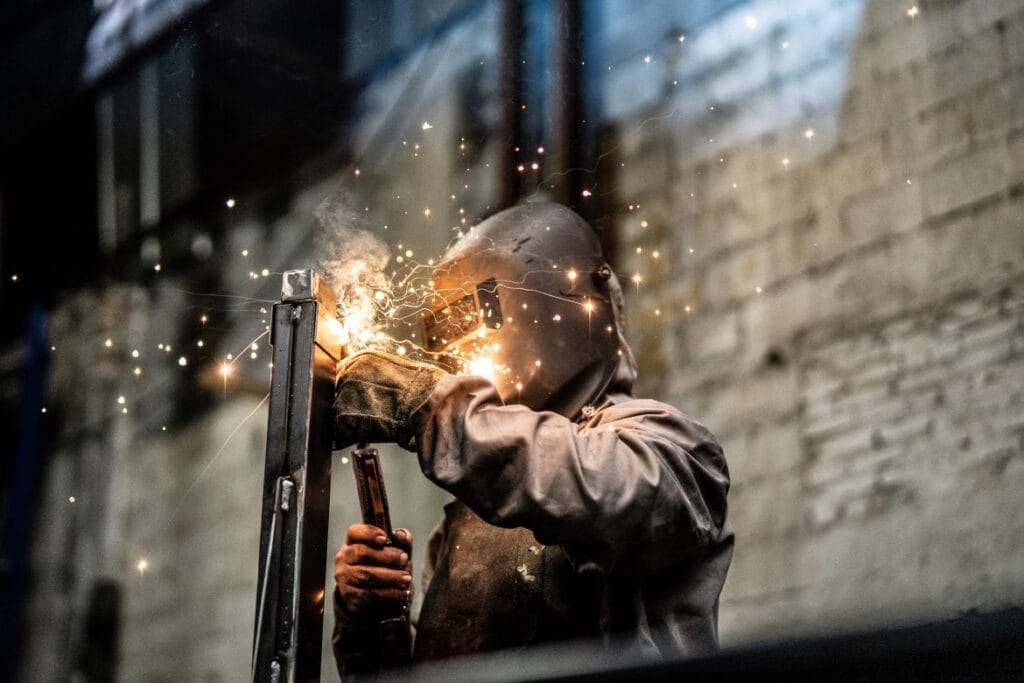 Buyer’s Checklist: What to Ask Your Supplier About Welding Protective Clothing2025年7月25日Choosing a welding PPE supplier is more than comparing […]
Buyer’s Checklist: What to Ask Your Supplier About Welding Protective Clothing2025年7月25日Choosing a welding PPE supplier is more than comparing […]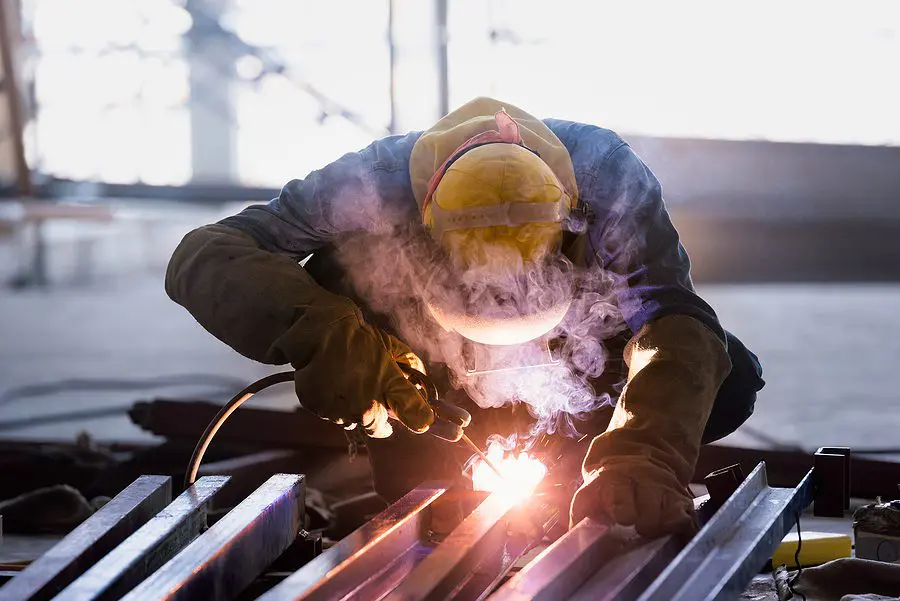 Cost-Benefit Analysis: Premium vs. Budget Welding Gear2025年7月25日When sourcing welding PPE, many buyers fall into the trap […]
Cost-Benefit Analysis: Premium vs. Budget Welding Gear2025年7月25日When sourcing welding PPE, many buyers fall into the trap […]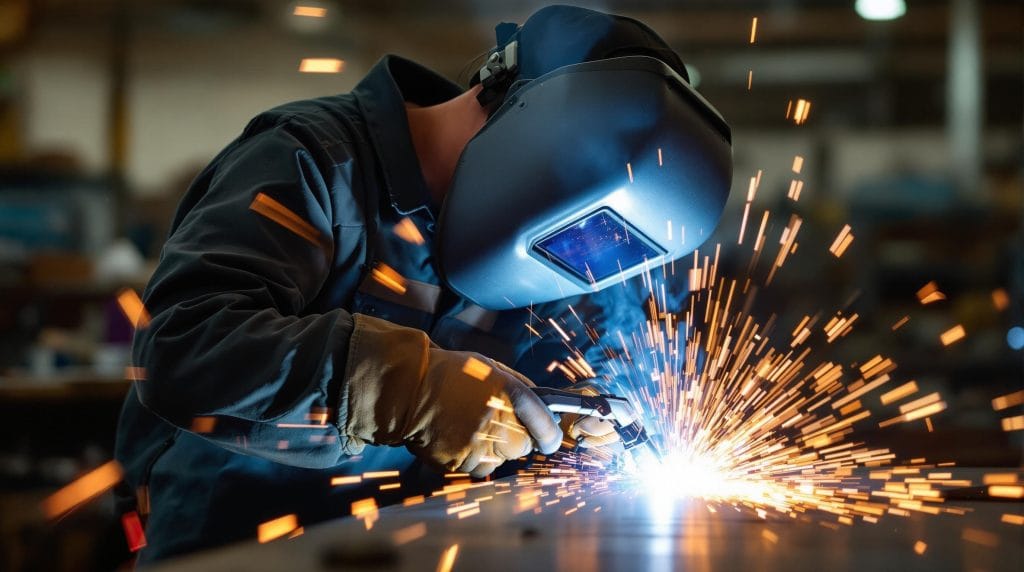 Maintaining and Inspecting Welding Protective Clothing: Essential Practices2025年7月25日Welding PPE is a critical investment. Jackets, gloves, […]
Maintaining and Inspecting Welding Protective Clothing: Essential Practices2025年7月25日Welding PPE is a critical investment. Jackets, gloves, […]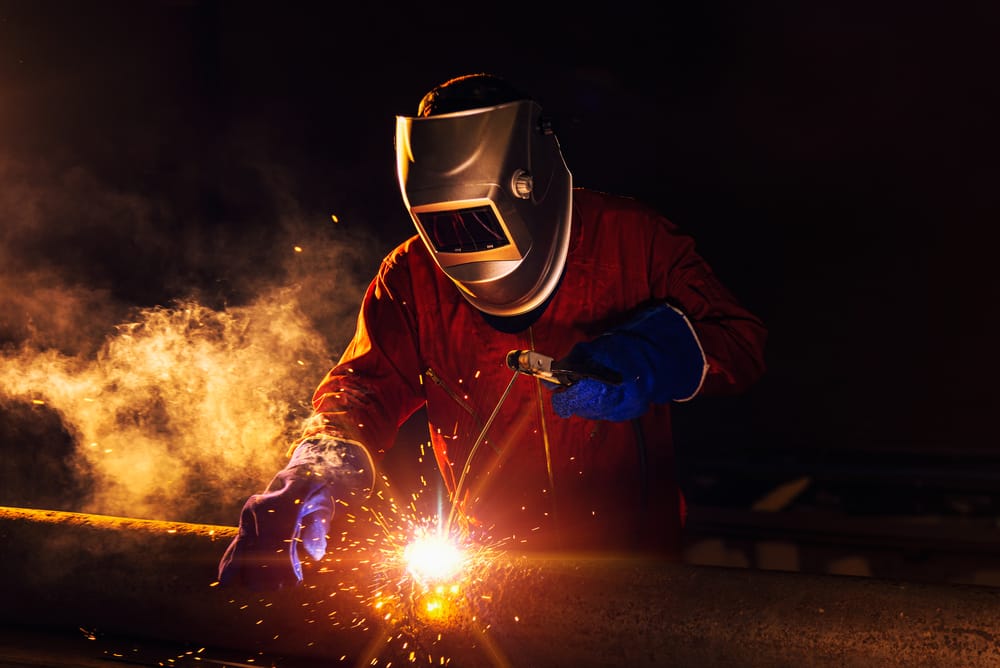 Heat Stress Management: Balancing Protection and Comfort in Welding PPE2025年7月25日Welding PPE is essential to protect workers from sparks, […]
Heat Stress Management: Balancing Protection and Comfort in Welding PPE2025年7月25日Welding PPE is essential to protect workers from sparks, […]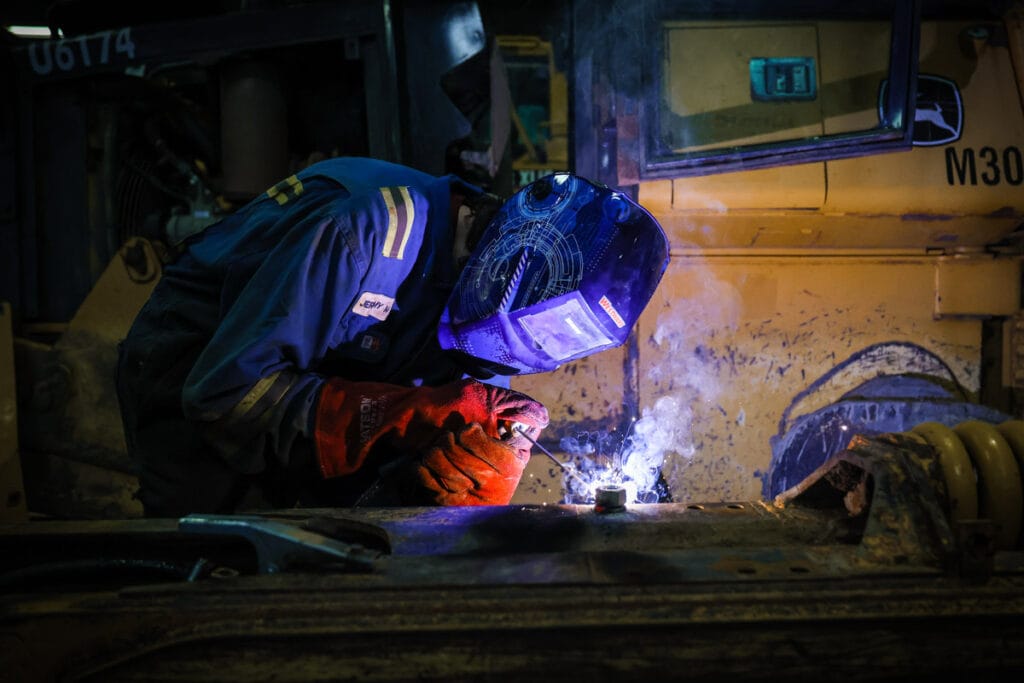 Eye and Face Protection in Welding: Helmets, Shields, Goggles, and Lenses2025年7月25日Welding generates intense light, flying sparks, molten […]
Eye and Face Protection in Welding: Helmets, Shields, Goggles, and Lenses2025年7月25日Welding generates intense light, flying sparks, molten […]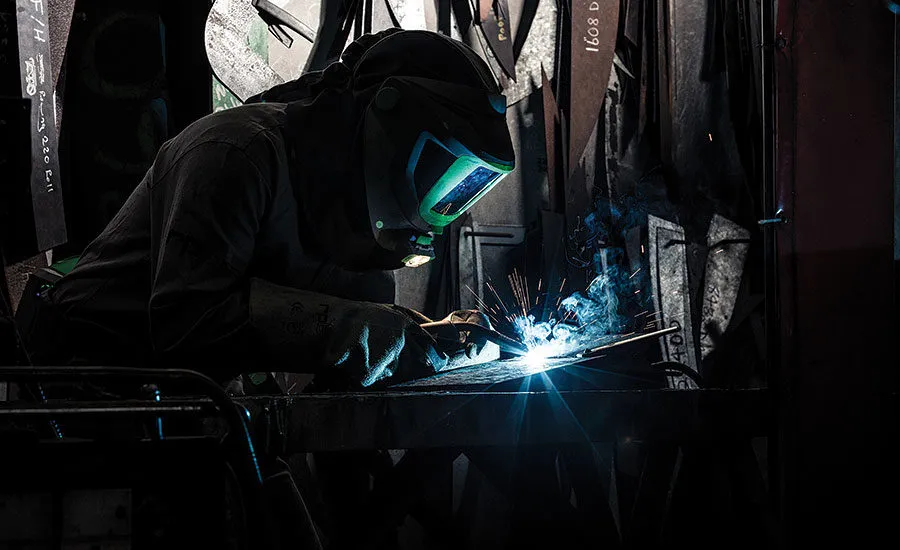 ANSI, OSHA, EN ISO Standards for Welding Protective Clothing Explained2025年7月25日Compliance with welding PPE standards is non-negotiable. […]
ANSI, OSHA, EN ISO Standards for Welding Protective Clothing Explained2025年7月25日Compliance with welding PPE standards is non-negotiable. […]
CONTACT US
- Feel free to contact us any time. We will get back to you as soon as we can!
- +86-17330061805
